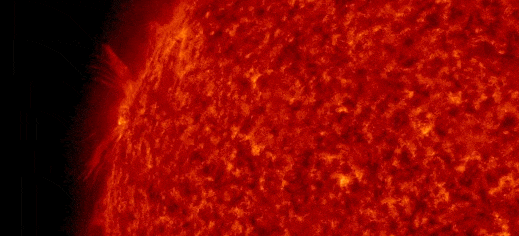mrtn
Dagobah Resident
There is a minor geomagnetic storm going on.

I wonder if some satellites have problems with this one. Sat24 wasn't showing images since 05:50 when it was 08:00 (now they show image for 08:20, and they have an 2.5 hour gap instead of their usual 15min steps)

noaa - satellite-environment is currently showing different data all the time or no data for some timeframe (keeping the website open I can see it keeps changing the view). Also there are also some spikes and 'cracks' in the magnetometers' graphs. It's not totally unusal though to see strange data or gaps on these sites, I've seen this often.





It could be just website software problems of course, but then I saw Suspicious0bservers is also mentioning current satellite failures:
I wonder if some satellites have problems with this one. Sat24 wasn't showing images since 05:50 when it was 08:00 (now they show image for 08:20, and they have an 2.5 hour gap instead of their usual 15min steps)
noaa - satellite-environment is currently showing different data all the time or no data for some timeframe (keeping the website open I can see it keeps changing the view). Also there are also some spikes and 'cracks' in the magnetometers' graphs. It's not totally unusal though to see strange data or gaps on these sites, I've seen this often.
It could be just website software problems of course, but then I saw Suspicious0bservers is also mentioning current satellite failures:







